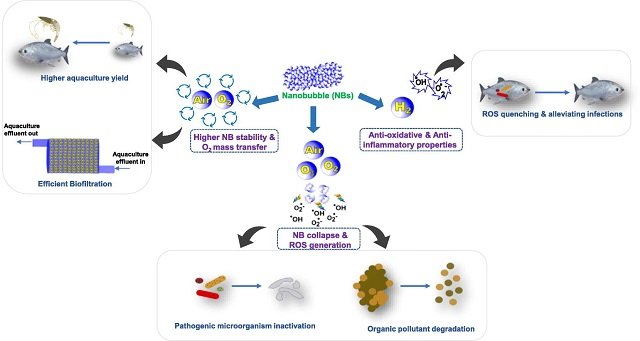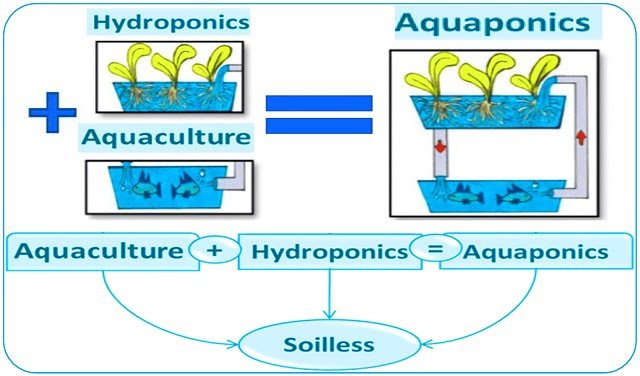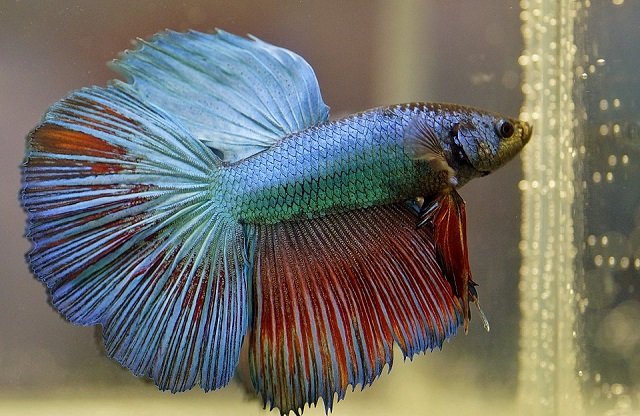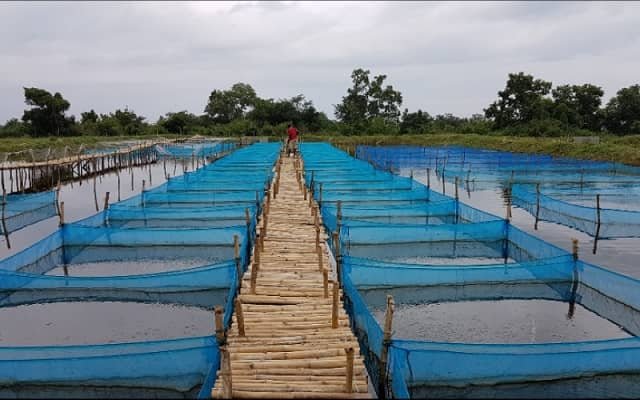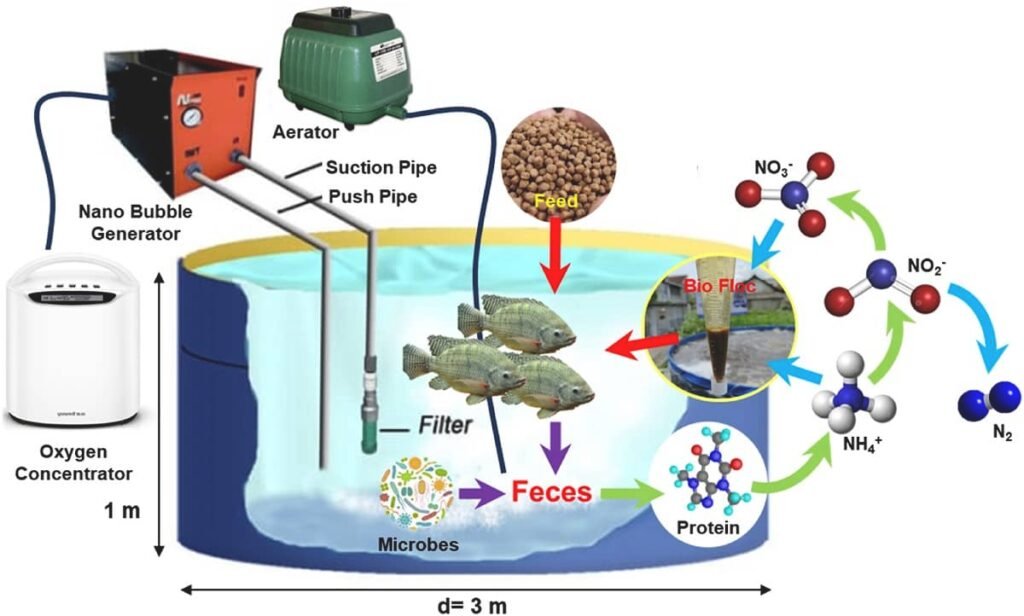
Nitrogen is a fundamental element in aquatic ecosystems, but its excessive accumulation in aquaculture is a double-edged sword. Uneaten feed and fish excretions release nitrogenous compounds like ammonium (NH4+), which can be toxic in high concentrations and degrade water quality. Biofloc technology (BFT) has emerged as a promising solution, utilizing microbial communities to recycle this waste and convert it into a supplementary food source for the fish.
However, the efficiency of nitrogen removal and the stability of BFT systems remain a challenge. A recent study published in Chemosphere investigates how the integration of Pure Oxygen Nanobubbles (PNOBs) can overcome these limitations, drastically improving the nitrogen cycle and the farming performance of Nile tilapia (Oreochromis niloticus).
Key findings
- 1 Key findings
- 2 How does a biofloc system with oxygen nanobubbles work?
- 3 A more efficient and stable nitrogen cycle
- 4 Superior control of toxic nitrogenous compounds
- 5 The impact on the fish: Larger and healthier tilapia
- 6 Carbon efficiency: A more sustainable and economical system
- 7 Conclusion: A step forward for biofloc aquaculture
- 8 Entradas relacionadas:
- Pure oxygen nanobubble (PNOB) technology enhances nitrogen transformation in biofloc systems by 87.79%.
- The use of PNOBs optimizes dissolved oxygen levels by 9.22% and increases fish growth performance by 18.8%.
- Enhanced aeration prevents the excessive accumulation of nitrite, maintaining a better nitrogen balance in the system.
- Systems with PNOBs demonstrate 32.7% higher carbon efficiency, offering a more sustainable solution for biofloc aquaculture.
How does a biofloc system with oxygen nanobubbles work?
The study, conducted by researchers at Brawijaya University, compared two tilapia culture systems over 56 days: a conventional biofloc system (BFT) and a biofloc system enhanced with pure oxygen nanobubbles (BFT-PNOBs).
- Conventional BFT System: Utilized traditional aeration with diffusers to keep flocs in suspension and oxygenate the water.
- BFT-PNOBs System: In addition to conventional aeration, this system integrated a unit that first concentrates oxygen from ambient air (to a purity of 93% ±3%) using an oxygen concentrator. Then, a nanobubble generator mixes this pure oxygen with the tank water, creating nano-sized bubbles (mostly between 100 and 500 nm) that are reintroduced at high pressure.
The advantage of PNOBs lies in their high surface area and prolonged retention time in the water, which ensures far superior oxygen transfer compared to conventional methods.
A more efficient and stable nitrogen cycle
The study demonstrated that the extra oxygen availability in the BFT-PNOBs system had a direct and significant impact on the different stages of the nitrogen cycle.
Improved water quality and higher dissolved oxygen
The BFT-PNOBs system maintained consistently higher and more stable dissolved oxygen (DO) levels, averaging 7.72 mg/L compared to the 6.67 mg/L of the conventional system. This 9.22% improvement in oxygenation is crucial, as the microbial processes that remove nitrogen are highly dependent on oxygen.
Furthermore, although total dissolved solids (TDS) were higher in the nanobubble system (912 mg/L vs. 857 mg/L), this reflected greater microbial activity and floc formation, indicating a more active and productive ecosystem.
Superior control of toxic nitrogenous compounds
Nitrogen management was notably more efficient with PNOBs:
Stay Always Informed
Join our communities to instantly receive the most important news, reports, and analysis from the aquaculture industry.
- Ammonium (NH4+): Concentrations of ammonium, the first toxic compound in the cycle, were consistently lower in the BFT-PNOBs system, averaging 0.63 mg/L compared to 0.70 mg/L in the conventional BFT. This suggests that the nitrification process (the conversion of ammonium to nitrite) was faster and more effective.
- Nitrite (NO2−) and Nitrate (NO3−): The study revealed that nitrogen transformation follows second-order kinetics, meaning the conversion rate is highly sensitive to oxygen concentration. By having more oxygen, the BFT-PNOBs system accelerated the entire process, preventing the prolonged accumulation of toxic nitrite and facilitating its conversion to nitrate.
Ultimately, the BFT-PNOBs system was much more efficient at transforming total nitrogen into non-harmful forms, such as microbial biomass (flocs) and nitrogen gas (N2) through denitrification. It achieved a nitrogen conversion rate of 58.47%, far superior to the 38.78% of the conventional system.
The impact on the fish: Larger and healthier tilapia
The improvement in water quality translated directly into better performance for the tilapia:
- Growth: Fish in the BFT-PNOBs system reached an average final weight of 57.13 g, 18.8% more than the 48.08 g from the conventional system.
- Survival rate: Survival was also higher in the enhanced system, attributed to a more stable water quality, which reduces stress on the fish.
- Feed Conversion Ratio (FCR): Although not statistically significant, there was a trend towards a lower FCR (1.04) in the BFT-PNOBs system compared to the BFT system (1.14), suggesting that fish converted feed into body mass more efficiently.
Carbon efficiency: A more sustainable and economical system
To maintain a healthy biofloc system, it is crucial to add a carbon source (such as molasses) to maintain a proper C/N ratio. In this study, both systems received a fixed carbon input of 250 mg/L.
Thanks to its superior nitrogen assimilation efficiency, the BFT-PNOBs system achieved a C/N ratio of 13.99, while the conventional system only reached 10.14. Calculations suggest that the BFT-PNOBs system could achieve a C/N ratio comparable to the traditional system using only 168.2 mg/L of carbon. This represents a 32.7% improvement in carbon efficiency, which could reduce operational costs and the environmental impact associated with adding organic matter.
Conclusion: A step forward for biofloc aquaculture
The integration of pure oxygen nanobubbles into biofloc systems is not just an incremental improvement; it is a significant optimization that addresses one of the main bottlenecks of BFT technology: the efficiency of the nitrogen cycle.
By ensuring higher and more stable dissolved oxygen levels, PNOB technology enhances the microbial activity responsible for nitrification and denitrification, resulting in better water quality. This, in turn, translates into greater growth and survival for tilapia, along with more efficient carbon use. These findings position the BFT-PNOBs system as a more productive, sustainable, and environmentally responsible solution for the future of intensive aquaculture.
Contact
Ating Yuniarti
Department of Aquaculture, Faculty of Fisheries and Marine Science, Brawijaya University
Jl. Veteran, Malang 65145, East Java, Indonesia.
Email: ating_y@ub.ac.id
Reference
Gymnastiar, A. A., Yuniarti, A., Rahardjo, S. S. P., Maimunah, Y., Yuwanita, R., Mahariawan, I. M. D., Widyawati, Y., Sholichin, M., & Hariati, A. M. (2025). The role of Pure Nano Oxygen Bubbles in the nitrogen cycle of tilapia biofloc systems. Chemosphere, 384, 144522. https://doi.org/10.1016/j.chemosphere.2025.144522
Editor at the digital magazine AquaHoy. He holds a degree in Aquaculture Biology from the National University of Santa (UNS) and a Master’s degree in Science and Innovation Management from the Polytechnic University of Valencia, with postgraduate diplomas in Business Innovation and Innovation Management. He possesses extensive experience in the aquaculture and fisheries sector, having led the Fisheries Innovation Unit of the National Program for Innovation in Fisheries and Aquaculture (PNIPA). He has served as a senior consultant in technology watch, an innovation project formulator and advisor, and a lecturer at UNS. He is a member of the Peruvian College of Biologists and was recognized by the World Aquaculture Society (WAS) in 2016 for his contribution to aquaculture.
